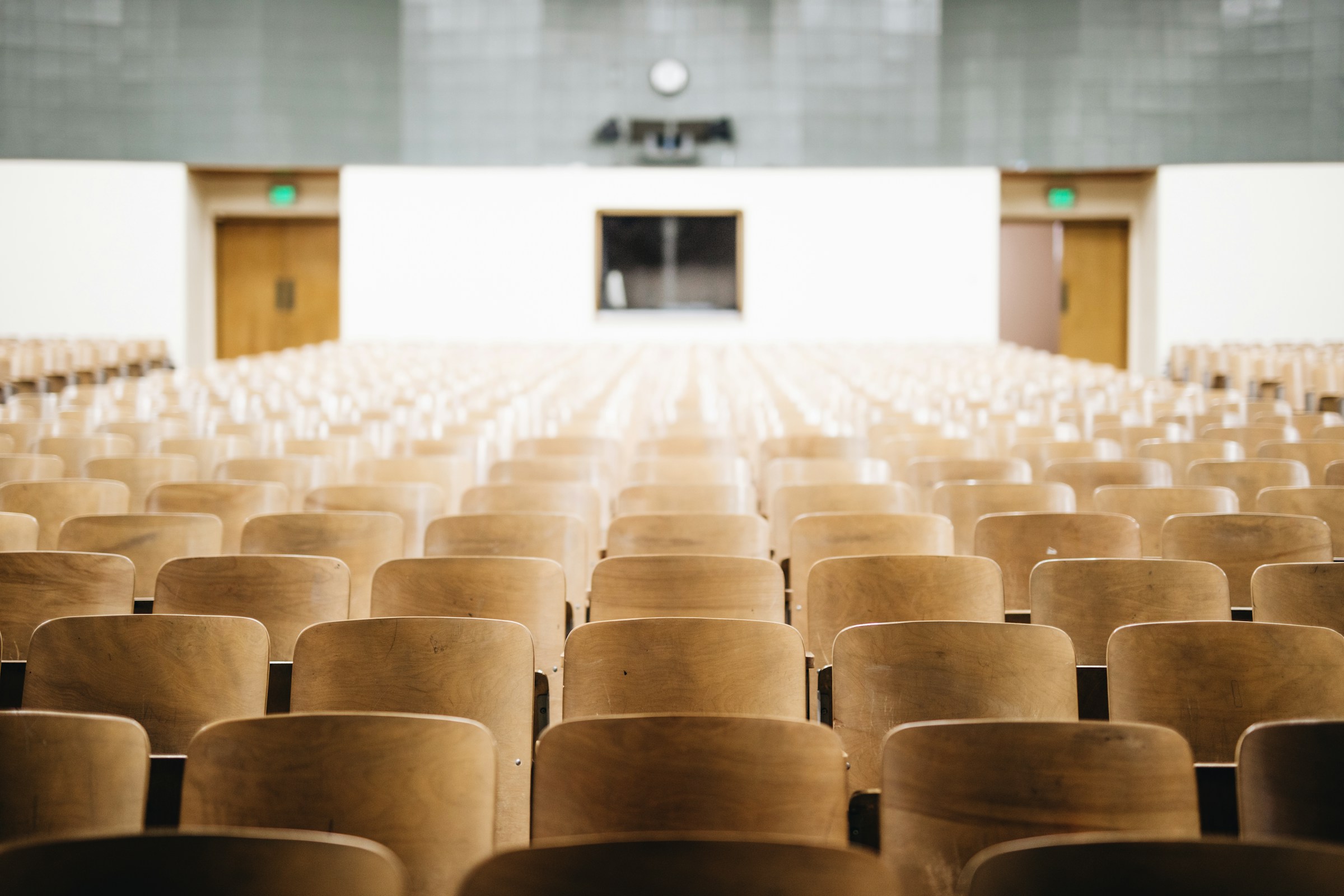Increase in global annual temperatures, growing heat content of the oceans, the melting of the polar ice sheets and glaciers causing sea level rise: anthropogenic climate change has become clearly observable through many metrics. But human beings have profound impacts on climate, not only in the annual temperatures but also in the seasonal cycle. A study recently published on Science (and commented here on Nature) highlights this noteworthy result: an analysis of decades of satellite data has revealed how humans are changing seasonal cycles in the lower atmosphere while highlighting how the accumulation of greenhouse gases produced by burning fossil fuels has increased temperatures in summer and caused larger annual temperature swings in the northern hemisphere.
The study, lead by author Benjamin Santer, an atmospheric scientist at the Lawrence Livermore National Laboratory in California, is the first to pinpoint human influences in the seasonal cycle changes in the atmosphere while clearly highlighting the atmospheric fingerprint of climate change.
Enlarge

Trends are calculated over 1979 to 2016 and are averages from a large multimodel ensemble of historical simulations. The most prominent features are pronounced mid-latitude increases in annual cycle amplitude (shown in red) in both hemispheres. Similar mid-latitude increases occur in satellite temperature data. Trends are superimposed on NASA’s “blue marble” image.
Science
Researchers were interested in the geographical pattern of the amplitude of the annual cycle of tropospheric temperature: information on how this temperature has changed over time is available from satellite data and from large multi-model ensembles of simulations. Therefore Santer’s team used computer models to simulate the global climate over thousands of years, with and without greenhouse-gas emissions. This allowed them to highlight what they called the “fingerprints” of human influence on atmospheric conditions. The patterns were then compared with satellite temperature data collected since 1979 while revealing that natural variations in Earth’s climate could not account for all of the observed changes in seasonal climate cycles.
The most significant change was in the northern hemisphere, where the difference between summer and winter temperatures has increased by around 0.4 °C, mostly due to the fact that summer temperatures are rising more quickly.
Read more:
The study on Science: Santer, B. D. et al. Science 361, eaas8806 (2018).
The comment of Antonio Navarra, President of the CMCC Foundation (in Italian language only).






